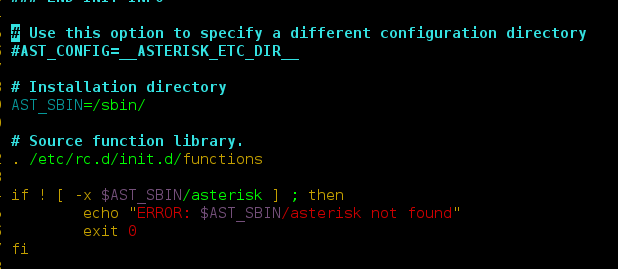Python input() function is used to take user input. By default, it returns the user input in form of a string.
input() Function
Syntax:
input(prompt)prompt [optional]: any string value to display as input message
Ex: input(“What is your name? “)
Returns: Return a string value as input by the user.
By default input() function helps in taking user input as string. If any user wants to take input as int or float, we just need to typecast it.
Refer to all datatypes and examples from here.
Python input() Function Example
Python3
# Taking input as stringcolor = input("What color is rose?: ")print(color)# Taking input as int# Typecasting to intn = int(input("How many roses?: "))print(n)# Taking input as float# Typecasting to floatprice = float(input("Price of each rose?: "))print(price) |
Output:
What color is rose?: red red How many roses?: 10 10 Price of each rose?: 15.50 15.5
Example 1: Taking the Name and Age of the user as input and printing it
By default, input returns a string. So the name and age will be stored as strings.
Python
# Taking name of the user as input# and storing it name variablename = input("Please Enter Your Name: ")# taking age of the user as input and# storing in into variable ageage = input("Please Enter Your Age: ")print("Name & Age: ", name, age) |
Output:
Please Enter Your Name: Rohit Please Enter Your Age: 16 Name & Age: Rohit 16
Example 2: Taking two integers from users and adding them.
In this example, we will be looking at how to take integer input from users. To take integer input we will be using int() along with Python input()
Python
# Taking number 1 from user as intnum1 = int(input("Please Enter First Number: "))# Taking number 2 from user as intnum2 = int(input("Please Enter Second Number: "))# adding num1 and num2 and storing them in# variable additionaddition = num1 + num2# printingprint("The sum of the two given numbers is {} ".format(addition)) |
Output:
Similarly, we can use float() to take two float numbers. Let’s see one more example of how to take lists as input
Example 3: Taking Two lists as input and appending them
Taking user input as a string and splitting on each character using list() to convert into list of characters.
Python
# Taking list1 input from user as listlist1 = list(input("Please Enter Elements of list1: "))# Taking list2 input from user as listlist2 = list(input("Please Enter Elements of list2: "))# appending list2 into list1 using .append functionfor i in list2: list1.append(i)# printing list1print(list1) |
Output:






